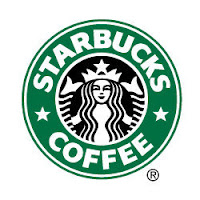Organizationalizing Your Brand - Where the Rubber Hits the Road

Just when you thought it was safe to swallow the concept of "operationalizing" your brand, here's another one to chew on - "Organizationalizing" your brand. A few letters apart, but the two concepts offer a world of difference to your patients and other customer groups. Before giving these concepts their just desserts (does this eating theme keeping going on?), let's explore the five steps of brand-building; 1) Developmental 2) Internal 3) Operational 4) Promotional 5) Organizational. Step 1 is worthy of its own post and many articles and blog posts have been dedicated to the most effective ways to develop your brand strategy. (If you'd like a refresher course, please let me know). Step 2 is key to your brand's success. Employees and other key stakeholders must not only be educated but inspired about their role in delivering on the brand promise. Steps 3 and 4 are where most hospitals put the majority of their time and money. From letterhead ...









